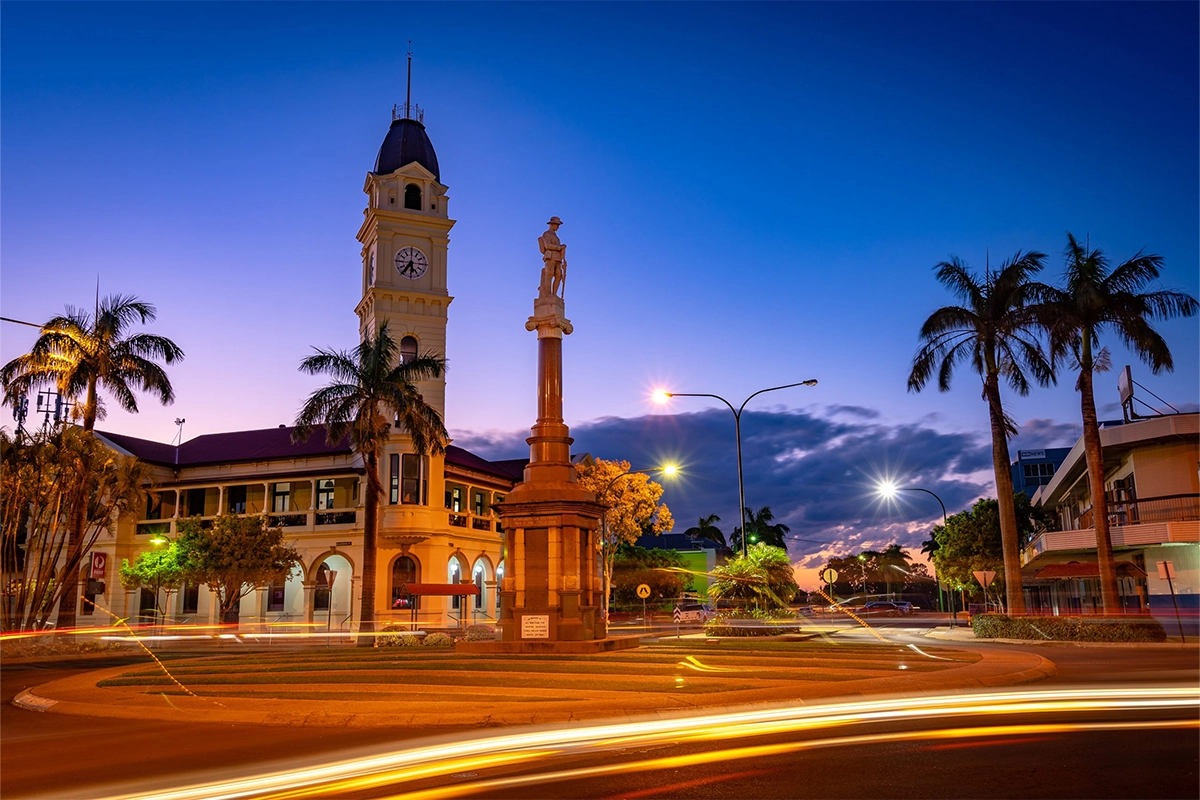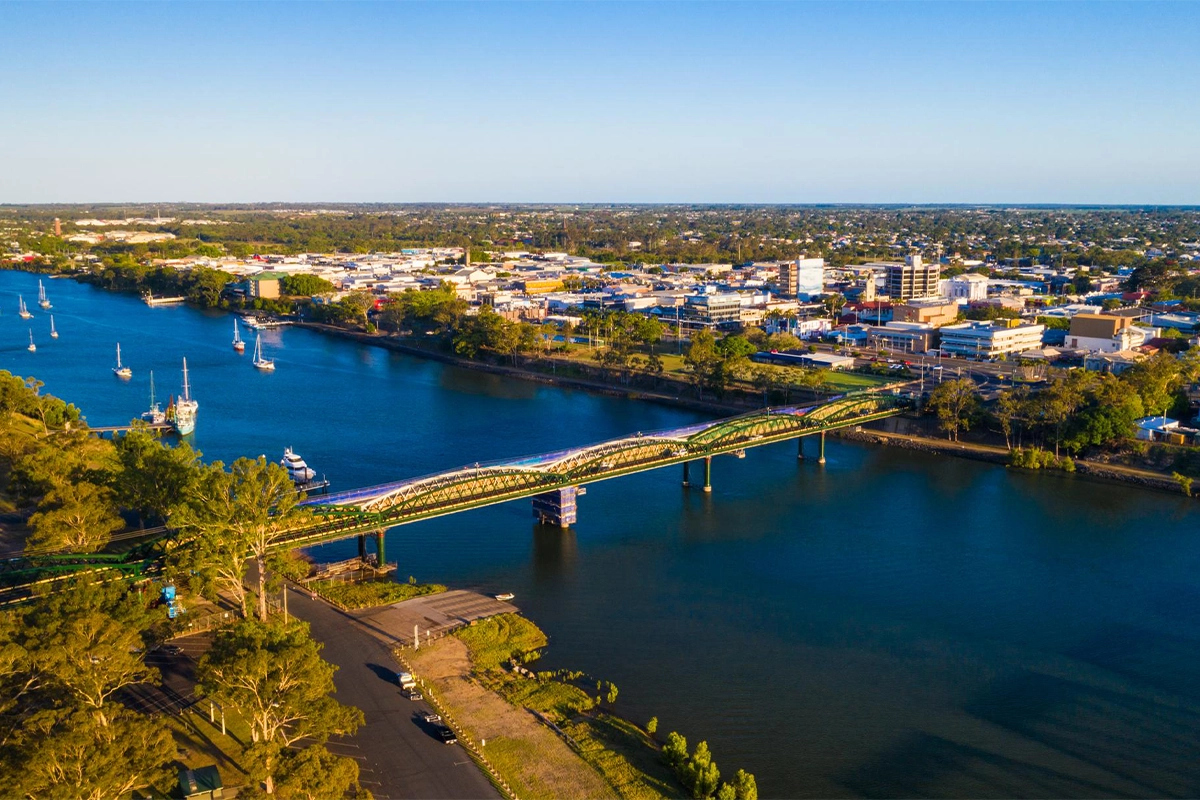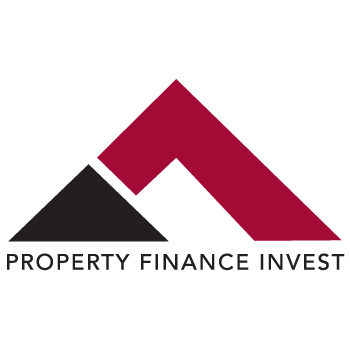
20 Sep Bundaberg: A Converging Hub of Education, Employment, and Property Potential
Bundaberg stands out as a regional centre of enduring appeal—driven by expanding educational infrastructure, robust employment opportunities, and a dynamic property market. These interwoven strengths position the city as an increasingly attractive locale for property investment and community growth.
1. Education: Empowering Future Generations
Bundaberg’s investment in educational facilities reflects a commitment to equipping its residents with quality learning opportunities and supporting workforce development:
- TAFE Advancements: The Bundaberg Technical and Further Education (TAFE) campus has introduced two cutting-edge training hubs—one focused on agriculture and horticulture (valued at $3.35 million), and another dedicated to advanced manufacturing skills (valued at $1 million). These facilities include ag-tech workshops, smart systems, and 3D-printing capabilities, along with new qualifications in agribusiness management and autonomous technologies. Fee-free courses further enhance access for emerging students, aiming to boost local employment by 2025–26.
- University and School Infrastructure: The CQUniversity Bundaberg campus spans 23 hectares and includes lecture theatres, labs, libraries, and facilities for specialized disciplines such as accident forensics and pilot training. Further, established institutions like Bundaberg State High School and Bundaberg Central State School contribute to a strong foundation of primary and secondary education. These schools also carry heritage significance, reflecting the city’s long-standing dedication to academic development.
This concentration of educational infrastructure enhances local capability, draws students from within and beyond the region, and supports a skilled workforce—key ingredients for sustainable prosperity.
2. Employment and Economic Foundations
Employment opportunities in Bundaberg are underpinned by both established industries and emerging workforce pathways:
- Health Sector Growth: The new Bundaberg Hospital project—a $1.2 billion development—is underway, expected to add 121 beds, expanded emergency and operating facilities, and an adjoining health and education precinct. Scheduled for completion by late 2027, the project is forecasted to create more than 2,800 jobs.
- Apprenticeships in Manufacturing: At Isis Central Sugar Mill, seven new apprentices in trades such as boilermaking, electrical and instrumentation have recently joined a growing cohort—reflecting active investment in skills and local employment.
- Agricultural and Value-Adding Industries: Bundaberg’s economy remains anchored in its sugar industry and diversification into macadamia, tropical fruit production, and local manufacturing of beverages such as Bundaberg Rum and Bundaberg Brewed Drinks.
These employment currents—from healthcare to agriculture, manufacturing to apprenticeships—balance the local economy, support rising education attainment, and strengthen workforce retention.
3. Property Investment: Why Bundaberg Is Securing Attention

Bundaberg is rapidly gaining traction among property observers and investors, driven by affordability, solid demand, and lifestyle appeal.
Key Market Metrics:
- Median Price Growth: Bundaberg’s median house price climbed from approximately $515,000 in March 2024 to $585,000 by March 2025—a 13.6% annual increase—with further growth of 5–7% projected by year’s end.
- Vacancy and Demand: Vacancy rates remain exceptionally low—around 0.4%—coupled with a 20% decline in listings over the past three years, tightening supply and fueling upward price pressure.
- Suburb-Level Momentum: Notable increases in median values over Q1 2025 include: Kepnock (+2.3%), Innes Park (+2.0%), Elliott Heads (+1.9%), Ashfield (+1.6%), Norville (+1.8%), and Walkervale (+1.8%).
- Coastal Premiums: Bargara’s median house price reached approximately $820,000, along with strong rental yields of 4.5%, while Bundaberg’s central suburbs offer affordability with reliable yields.
- Market Dynamics: Fast sales—sometimes under 17 days on market—underscore demand, especially in coastal and lifestyle-demand areas.
- Long-Term Trends: Over the past five years, dwelling values in the Bundaberg LGA rose nearly 79%, with asking rents climbing 55% over the same period. Annual house yields range from 4.3% to 6.6%, and unit yields between 4.8% and 6.8%.
Investment Drivers:
- Affordability Meets Growth: Bundaberg remains one of Queensland’s most affordable regional markets when compared to capital cities, attracting both owner-occupiers and investors.
- Lifestyle Appeal: Coastal towns like Bargara and Innes Park attract retirees, holidaymakers, and families with high quality-of-life amenities, generating demand for both purchase and rental markets.
- Supply Constraints and Infrastructure: Large-scale infrastructure projects—including the hospital, TAFE upgrades, and new subdivisions (over 1,500 new housing lots across multiple estates)—continue to reinforce demand and support property values.
4. Integrated Outlook for Investors and Stakeholders
When viewed together, Bundaberg’s expanding educational facilities, diversified employment base, and dynamic property market create an interconnected foundation:
- Education strengthens workforce and attracts younger demographics, raising housing demand.
- Employment growth across healthcare, manufacturing, and agriculture sustains economic demand for housing.
- Property market strength and affordability, along with high rents and tight supply, reinforce investment case.
- Lifestyle and coastal appeal sustain longer-term capital growth in selected suburbs.
Conclusion
Bundaberg exemplifies the synergy between community development and property potential. Robust investments in education and health infrastructure, paired with expanding employment opportunities across sectors, are elevating the city’s appeal. This, in turn, drives sustained property demand—fuelling capital growth, rental returns, and investor interest.
For those exploring regional property markets with balanced logic—backed by infrastructure, affordability, and performance—Bundaberg resonates as a compelling prospect.


